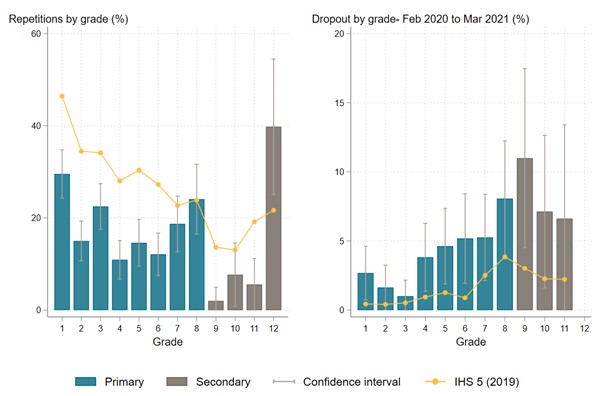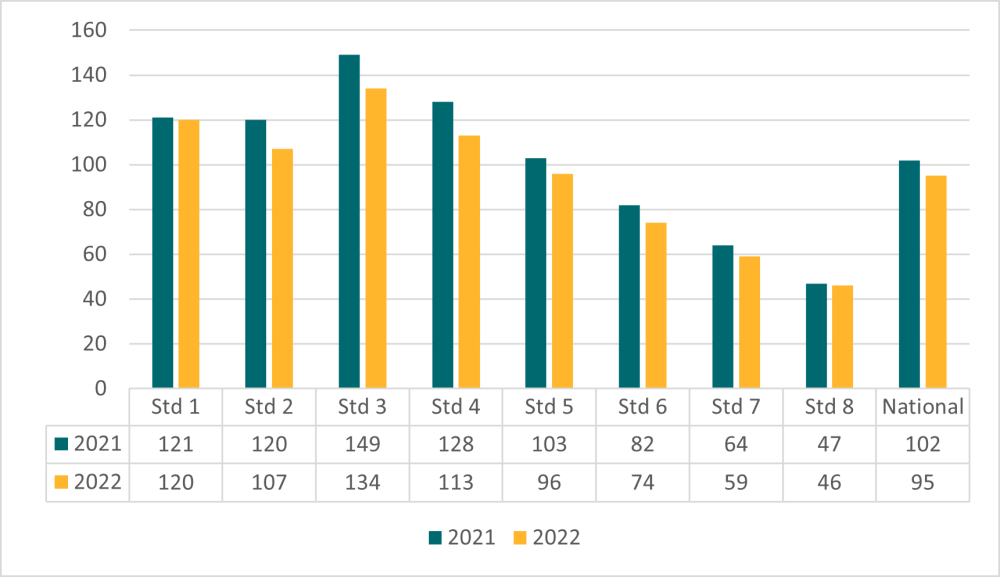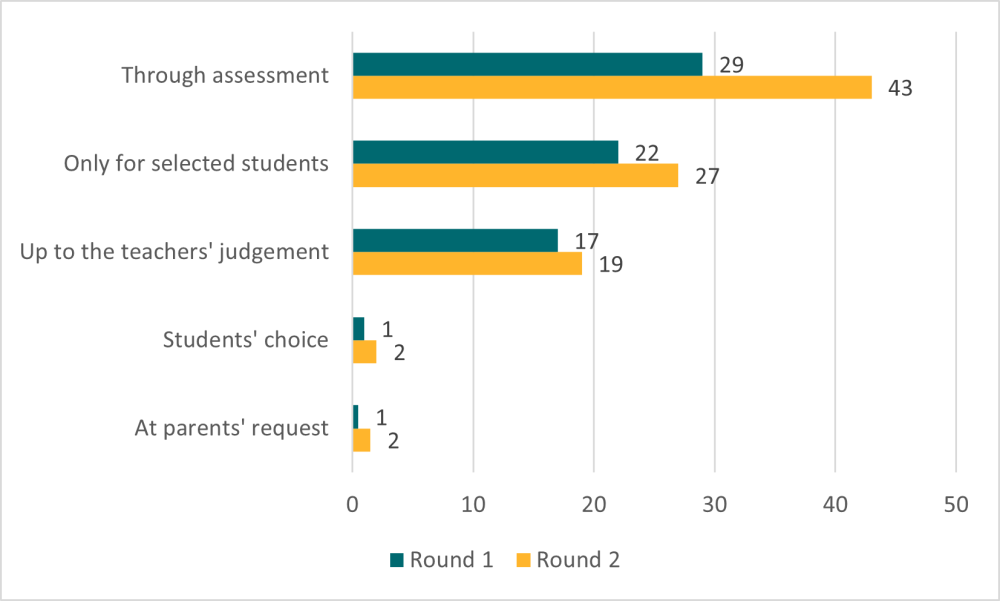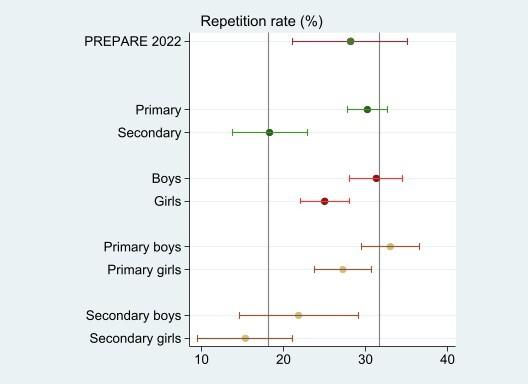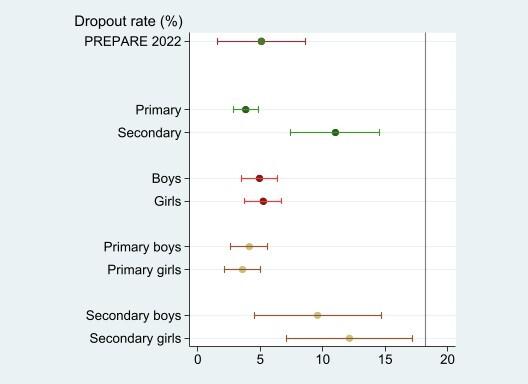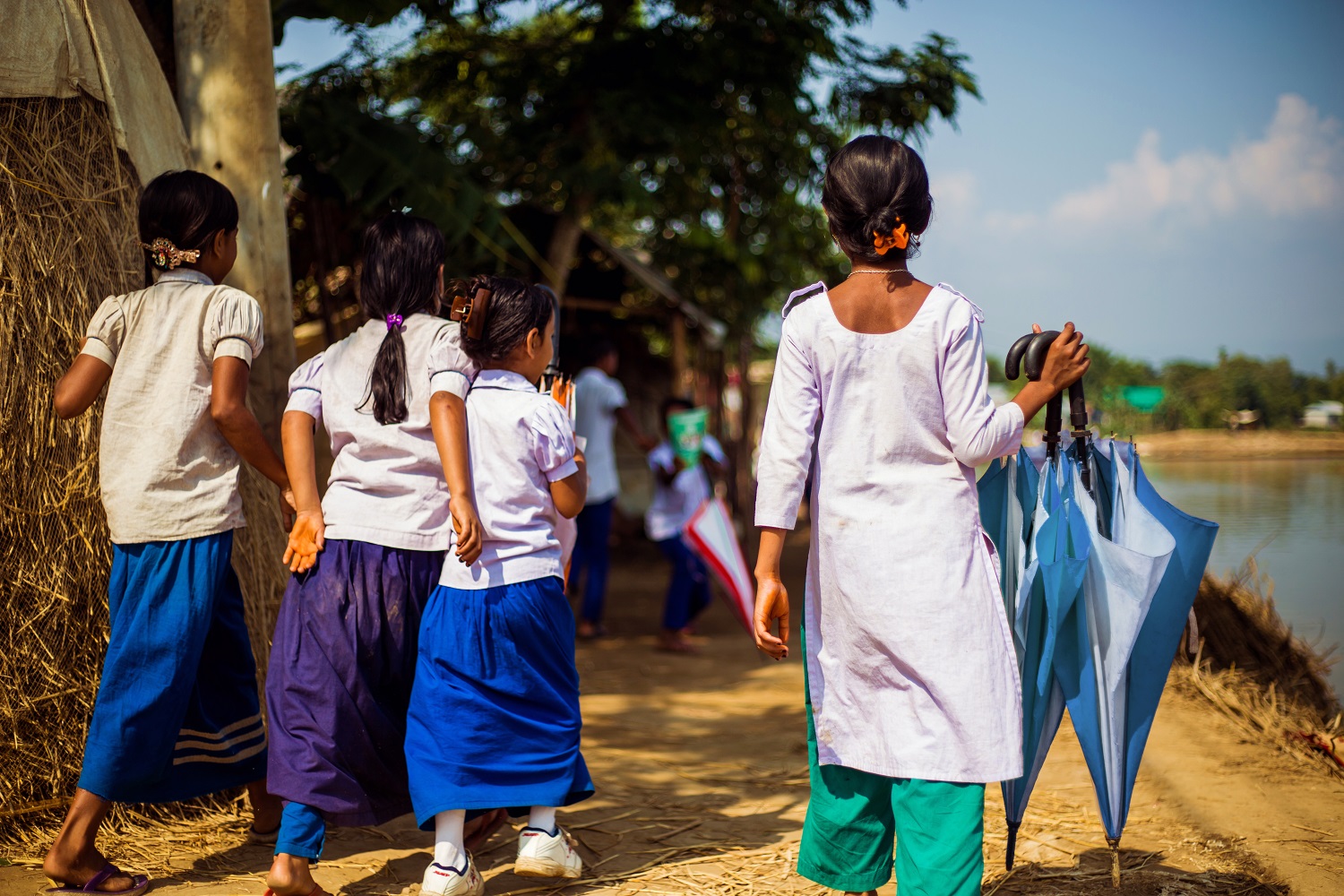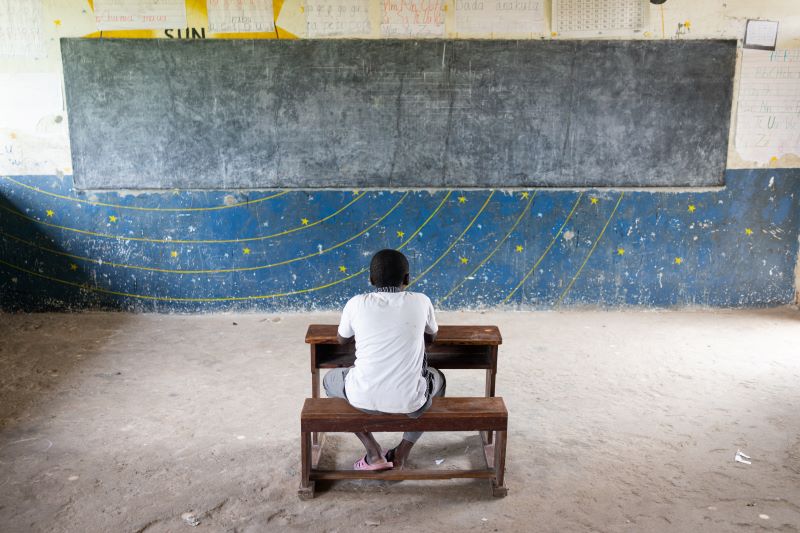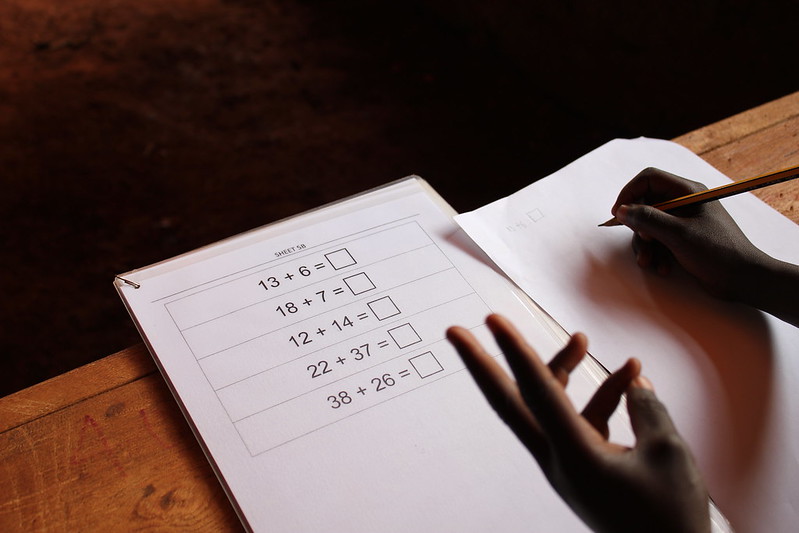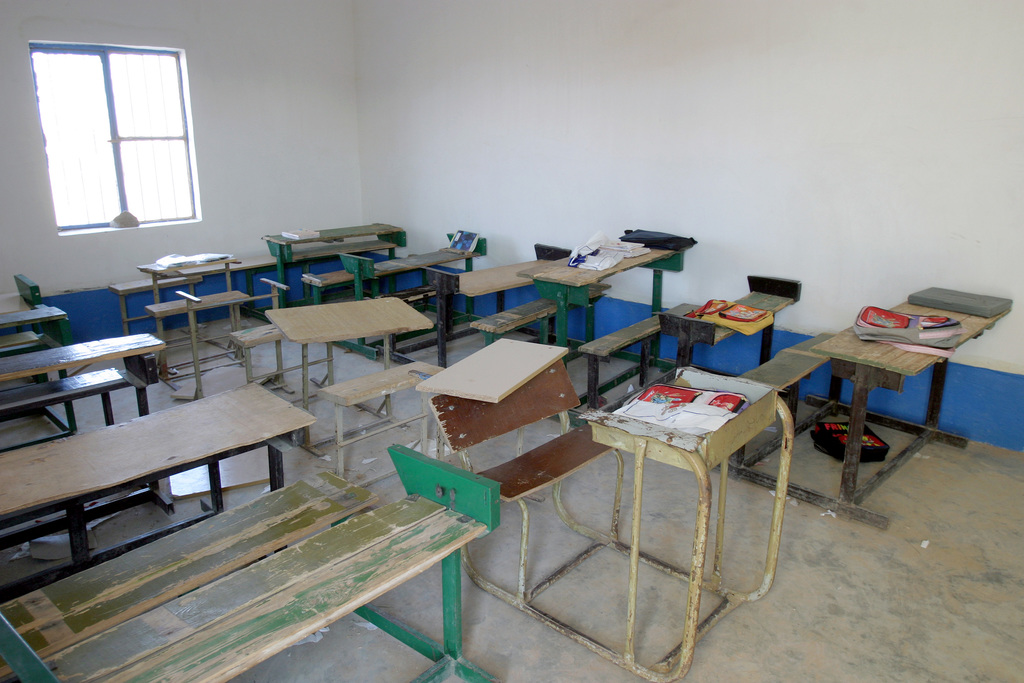Recommended
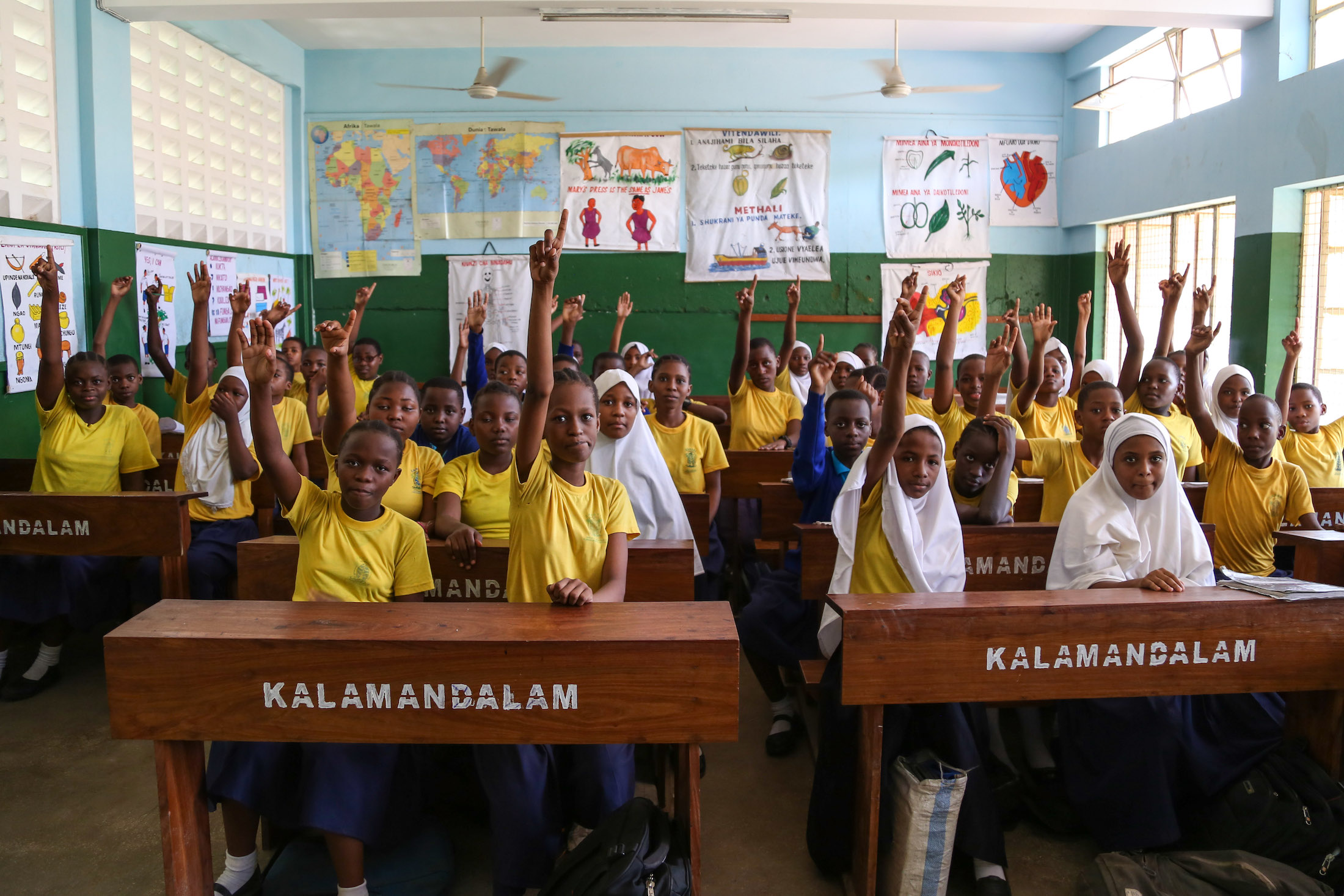
Blog Post
The state of learning in Malawi post-COVID-19 has been deemed a crisis, with primary school-aged learners unable to read basic text or perform foundational numeracy skills. In the first phase of our study, we found that students struggled to access remote learning during pandemic-related school closures, with studies estimating large-scale learning loss of up to two years. A recent cholera outbreak in the country prompted the government to close schools yet again at the start of this year, and reliance on remote learning persists.
In this blog, we present findings on the state of education in Malawi, using survey data collected in mid-2022 from households and school headteachers. We find that remote learning is here to stay but that a range of issues still exists: from access issues to falling enrollment, and rising repetition and dropout rates.
We highlight the gaps in educational provision for children in Malawi, and explore the measures that can truly improve education during emergencies like cholera and COVID.
Despite prevailing access issues, remote learning continues to be encouraged across schools…
Guidelines issued by the government of Malawi to ensure safe reopening after COVID-19 closures included promising measures to reduce overcrowding, like staggering attendance and reducing class size, as well as hiring volunteer and auxiliary teachers to respond to teacher shortages in primary schools. Policies to support distance education, such as distribution of radios to some of the poorest households; setting up online learning systems; and paper-based learning sets for secondary schools were also introduced.
The first phase of our research revealed that despite these efforts, most children lost out on remote learning because of lack of access to necessary materials. A lack of support for implementation of these strategies means this is still the case.
…to support decongestion of overcrowded primary classrooms…
A majority (70 percent) of schools in our sample are implementing decongestion measures, including expanding space for learning through the use of temporary shelters (40 percent), or alternating school days based on grade (30 percent) with remote learning support..Two out of three students are in schools that are using staggered classes or shifts to reduce overcrowding. But after months of school closures and low reliability of remote learning alternatives, are children benefiting from being away from school?
Figure 1: Pupil to Teacher Ratio (PTR), 2021 and 2022, by grade levels
Source: Ministry of Education, Education Statistics Reports, several years
The use of remote learning as a decongestion measure by schools has increased from 2021 to 2022, according to our study. But unequal access to learning materials or support necessary for remote learning is compromising potential gains for students at home. Only around 40 percent of households report that children are currently engaged in remote learning. Lack of interest (42 percent) and lack of access to the necessary devices (39 percent) are primarily the barriers to children studying at home.
Primary education in Malawi is characterised by large classes with an average pupil to teacher ratio (PTR) of over 100:1 in the latest reports (see Figure 1). Of those enrolled, Ministry of Education data reveals that only one in four children enrolled in grade 1 go on to complete primary school, with most children repeating early grades. This concentrates enrolments in lower primary grades, and increases pressures on an already overcrowded and under-resourced system, further worsening learning outcomes for students and increasing rates of repetition and dropout (EGRA 2018).
Decongestion measures are enshrined in policy, however in reality, schools struggle to implement these effectively alongside guaranteeing high quality of education to all students. Challenges reportedly faced by schools to implement these measures range from shortage of staff (50 percent) and shortage of learning and teaching materials (47 percent), to lack of teaching space and otherwise inadequate infrastructure (45 percent each).
… as well as for remediation and recovery of lost learning.
Although nearly 92 percent of headteachers say that their school has implemented remedial learning measures in 2022, due to resource constraints, only about 40 percent of students are being targeted or selected (see Figure 2). Schools report lack of teaching and learning materials (73 percent), staff shortages (53 percent) and lack of interest from learners (50 percent). After-school lessons or weekend lessons with teachers is the most common strategy (73 percent) being used by schools in our sample for remedial learning, followed by self study at home through after-school assignments or homework (42 percent).
Figure 2: Strategies used by Schools to determine who receive Remedial Learning (% of Schools, N=360)
Source: PREPARE Head teachers surveys (2021 and 2022)
Despite the popularity of home-based assignments and after-school tutoring, there is reason to doubt their efficacy as a learning tool. 23 percent of headteachers say that students don’t have access to textbooks or learning materials. Only one in four parents say that their children have received additional materials from school. This reflects in low rates of take-up—our survey data reveals that only one in five students use assignments as a mode of remote learning, with most relying on household members (52 percent) or studying on their own (43 percent). In terms of education levels, higher grades are much more likely to be given assignments than lower grades, despite lower grades being the most likely to be staggered due to overcrowding. Further, Malawi teachers are less likely than others to set and mark homework, and are typically unavailable to address student queries after scheduled school hours (Asim and Gera, 2021). As a result homework is rarely assigned and even more rarely marked.
Children from poorer households are being left behind.
More than half of Malawi’s population lives below the poverty line, and households have little cash on hand to support or supplement children’ learning. Around 85 percent of surveyed households reported that their incomes had reduced since the pandemic hit in 2020. The poorest households in Malawi were the most affected by this. And students from these poor households reported the worst outcomes across educational indicators (see Figure 3).
Overall, primary enrollment has fallen since before the pandemic by nine percentage points. Only 93 percent of children from the poorest households are currently enrolled, compared to 99 percent from the richest.
We find that dropout rates have increased from our last report; around five percent of students overall have dropped out of school, up from 4 percent in 2021. Students from the poorest households were five percentage points more likely to have dropped out compared to the richest households. Most schools (78 percent) reported using mother groups to encourage re-enrolment, but amid school closures and social distancing requirements these appear to have had little positive impact.
Repetition rates among primary school learners are back up to pre-pandemic levels, related to the end of the government’s automatic progression policy enacted during COVID-19. Over 30 percent of students in primary school in our sample have not progressed grades since last year. Household wealth status is linked with as much as 10 percentage points difference in rates of enrolment between students.
Figure 3: Repetition rates and dropout rates by wealth, grade levels and gender
Source: PREPARE Round 2 survey data
Intervention is imperative
Schooling in Malawi seems to be returning to its pre-COVID-19 state— characterised by low levels of learning; low rates of primary school completion; and high rates of grade repetition.
COVID-19 prompted promising policy responses including decongestion, remote learning and remedial learning, which had the potential to address some of the chronic challenges faced by primary schools in Malawi. And while schools are continuing to attempt to take measures to support decongestion—especially at primary level—our research shows that many schools lack the basic resources for implementation. Decongestion measures taken by schools need to be bolstered through increased funding and additional support to students.
Students, especially those from poorer households, are not engaged, or not able to access remote learning. Implementation of remote learning needs to be monitored at a school level and supported at a household level. Remedial learning needs to be revamped in schools by providing an incentive structure that would push schools and communities to demand better learning outcomes for lower grades, as is currently already the case with secondary grades.
Thoughtful strategies are needed to support students to not only recover learning loss caused by school interruptions, but to support more students to learn more and learn well, by addressing the underlying causes of low learning and low rates of completion. While the government, with the support of development partners like FCDO and USAID, is implementing programmes to improve literacy and numeracy outcomes in lower grades, these interventions may not be sufficient to reverse the long-term effects of low learning outcomes and poor progression through the system. At the heart of these problems, is the extremely low internal efficiency and quality of schooling provided as evidenced by large classes and a dearth of teaching and learning materials. The extreme congestion in the lower primary is the main driver of high repetition and poor learning outcomes in the lower grades. The success of current initiatives will remain suppressed unless these challenges are addressed.
With many thanks to Elizabeth Meke for research support, and to Jack Rossiter and Ayesha Khan for comments
Disclaimer
CGD blog posts reflect the views of the authors, drawing on prior research and experience in their areas of expertise. CGD is a nonpartisan, independent organization and does not take institutional positions.
Image credit for social media/web: Adobe Stock


